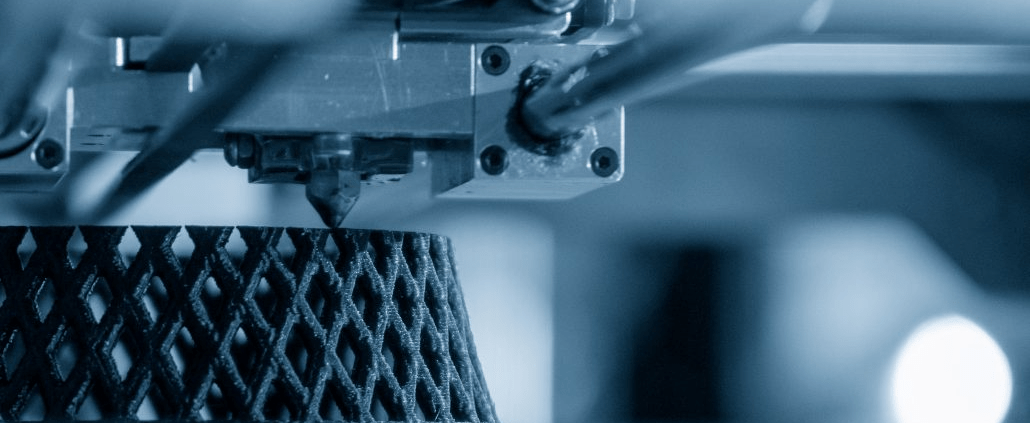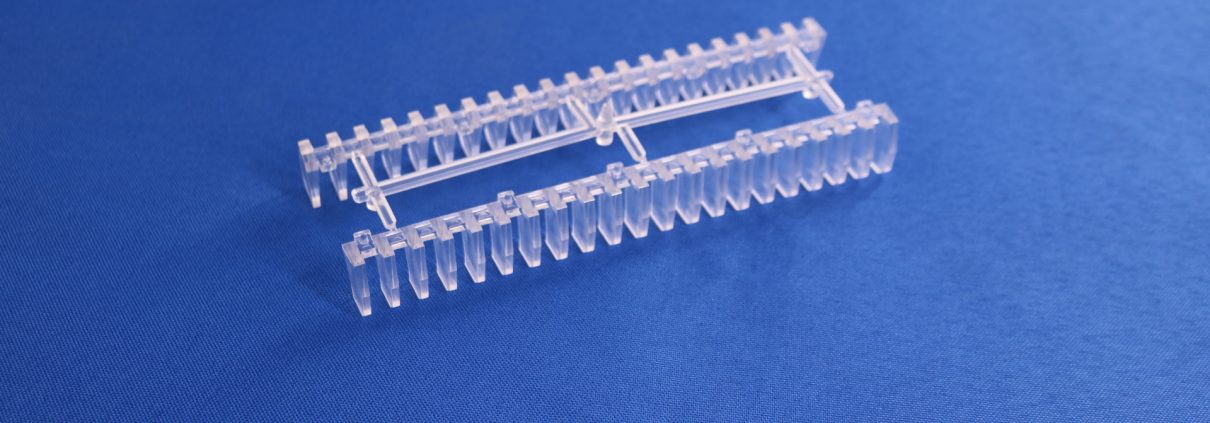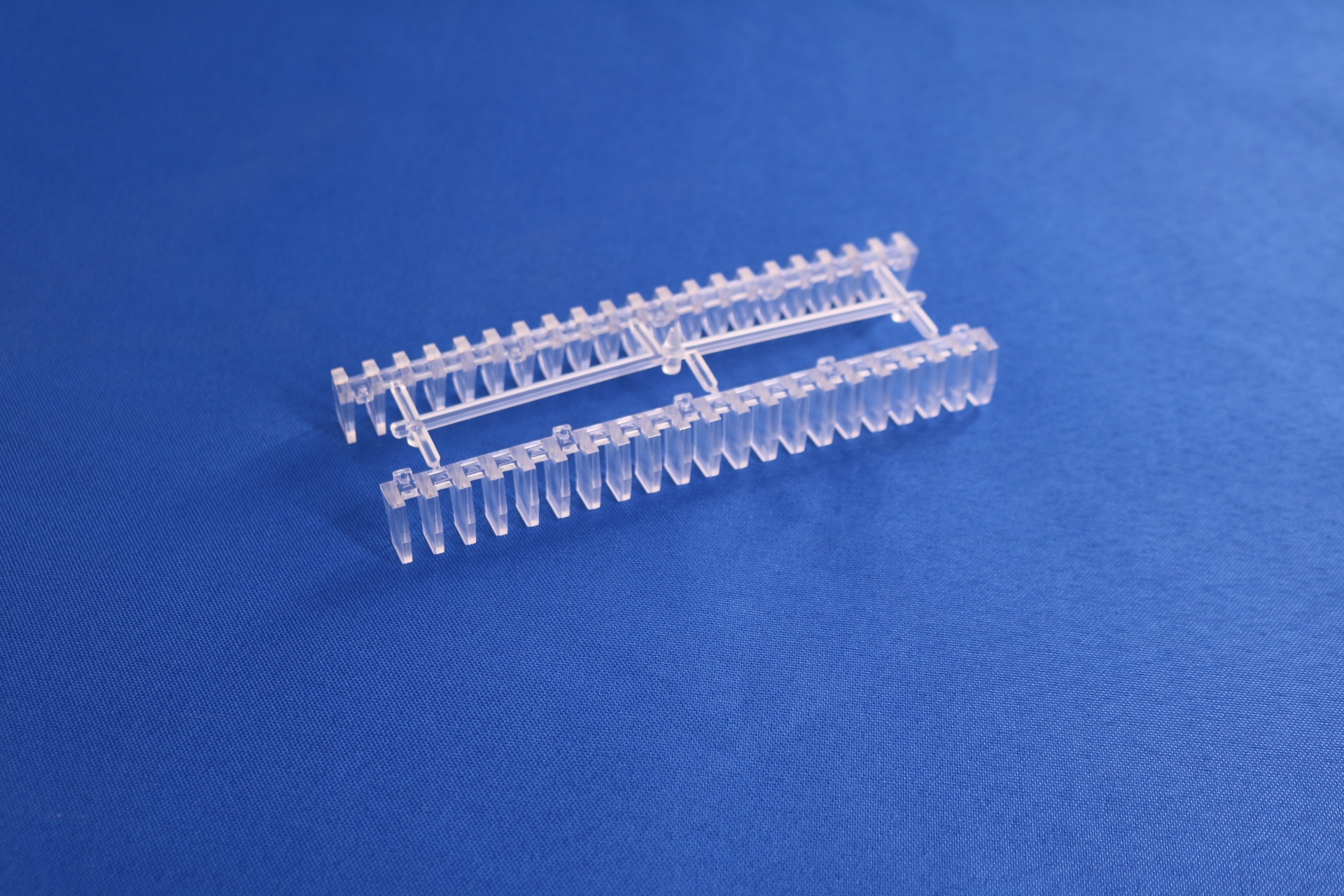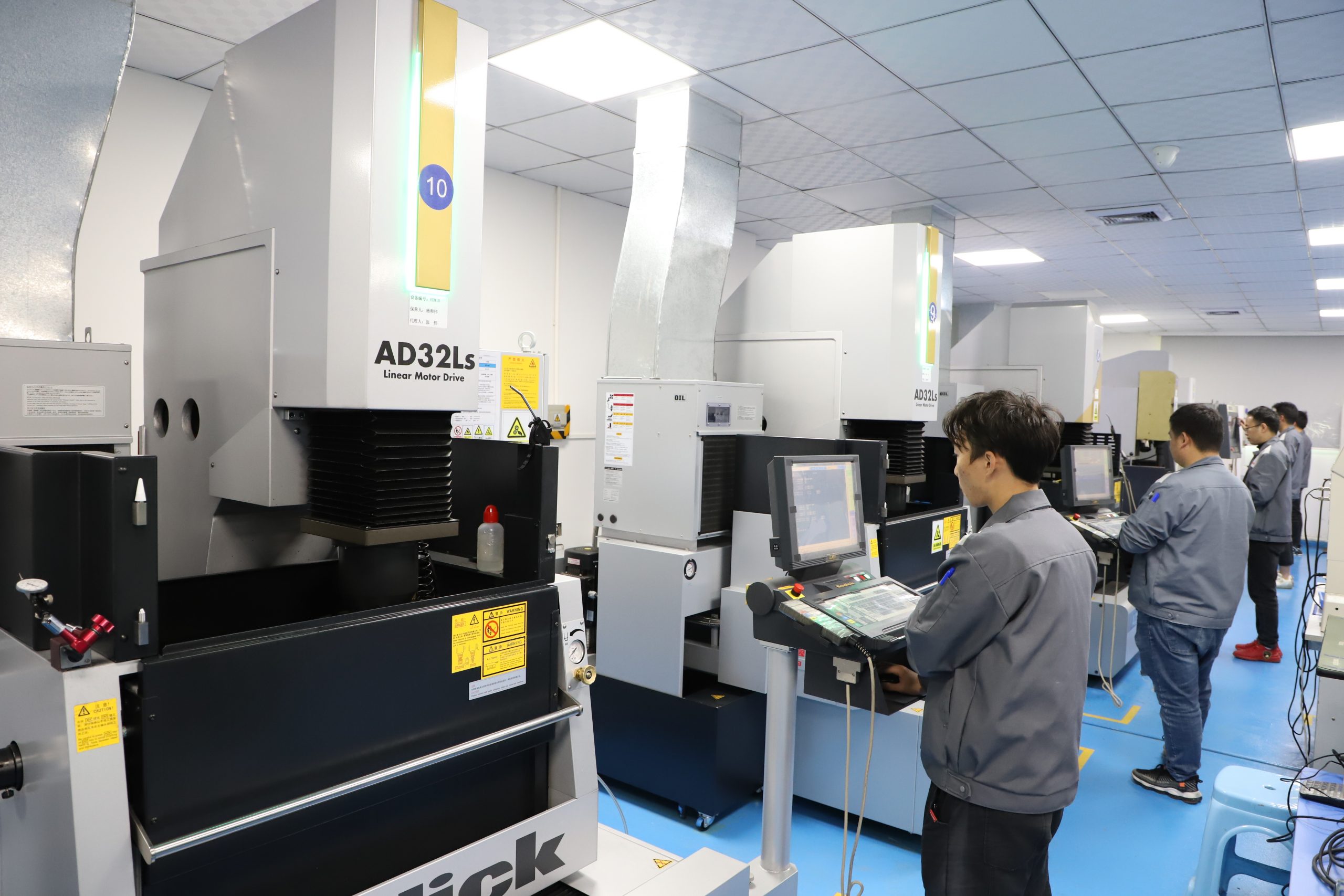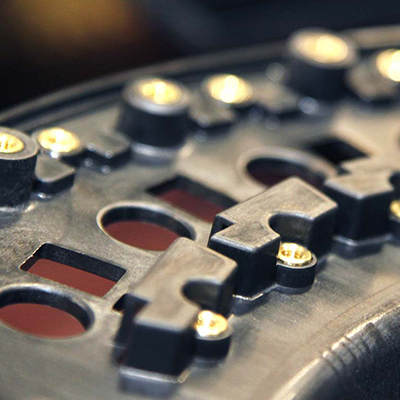Top 4 Plastic Injection Molding Quality Standards You Should Know
High-efficiency plastic molding allows you to manufacture customized parts for a wide array of applications. However, just going through the basic motions is not enough to ensure the durability and longevity of produced pieces. That is why specific plastic injection molding quality standards should be applied through the process so that every piece meets a client’s needs and use cases.
With modern technology and experienced experts working with the machinery, you can get a strong, precise, and cost-effective solution for your part needs. Here are some more insights into the various standards that should be followed for the best outcomes, including how plastic mold manufacturers make sure each mold is precise.

Factors that May Affect Quality
No plastic injection molding quality standard is going to be 100% effective. That is because there are so many moving parts in the process. However, a quality manufacturer will include standards that reduce the error rate to an almost minuscule amount. This translates into no problems on the client end and a high-quality piece. Factors included in this calculation include:
- Proportions and Dispersion of Materials and Additive Contents
The point of quality material fillers and fillers is to reinforce the final product with stronger, more durable solutions. This can be a challenge because you must find the correct measurements to create a balance. You need a producer that uses plastic injection molding quality standards for material and additives that can be measured to ensure the right amounts.
- Plastic Melting Temperature
Temperature plays a critical role in precision plastic injection molding. It can affect the resin viscosity, molecular weight, and any part shrinkage. This critical plastic injection molding quality standard must be observed and accounted for during every production.
- Pressure
Pressure is used to push the melting plastic resin into the predetermined mold cavity (without about 95% capacity). This is balanced against any clamping pressure. The goal of this plastic injection molding quality standard is to reduce production costs by maximizing the number of parts made per hour without sacrificing quality of any kind. Again, an experienced manufacturing team will understand how to walk this thin line the best.
- Cooling Time
Cooling is the most time-consuming part of the injection molding cycle because it requires a part to be fully cooled before refining and moving on to the next production phase. The piece must have moved from liquefied resin to a solid form inside the mold cavity. Then it can be properly ejected and worked into the precise measurement requirements of the client.
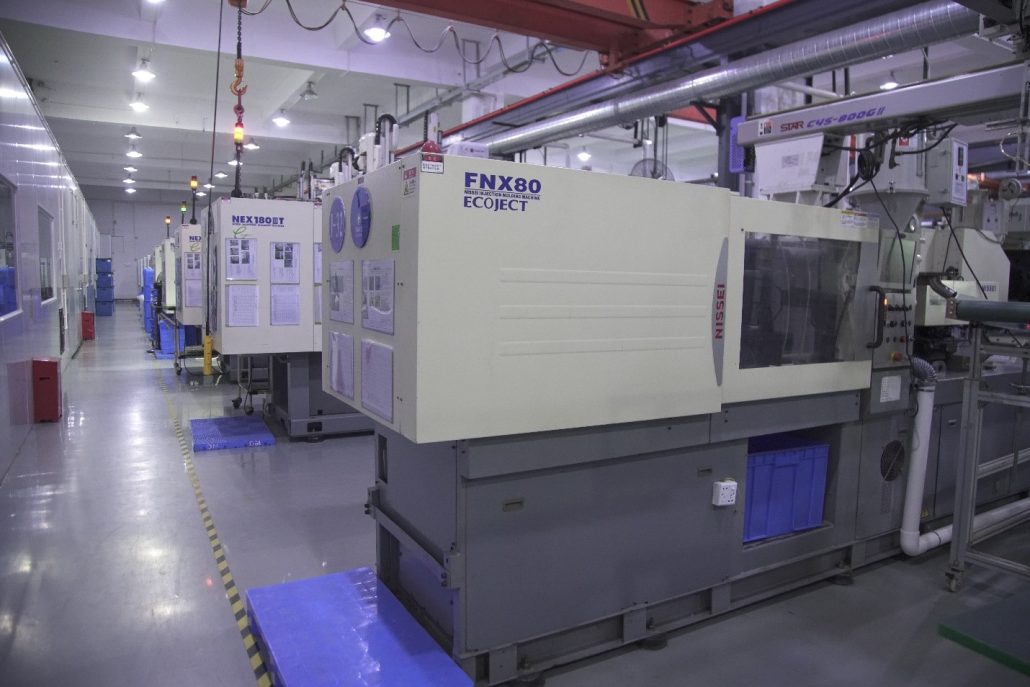
Standards of High-Precision Plastic Injection Molding
When a piece has been made, it must meet the different plastic injection molding quality standards not only for the manufacturer but those set for the client. These are created so that everyone in the production process understands the target end goal with precise measurements that could include:
- Correct Size
Most mold tools are designed to be slightly oversized in case of material shrinkage. Deciding on the correct material and tolerance standards will help ensure the correct final output size. That includes working with angles, leftover material, and other refining elements to finish the piece production. Many clients require highly precise parts to the thousandth degree of accuracy.
- Accurate Color
Not only does color represent safety or aesthetic value to differentiate a product from competitors, but it can change the material value of the part. That is why selecting the best possible color is an integral plastic injection molding quality standard – especially on the part of the client. Remember, a color can be to make a product attractive to downstream users just as much as serving a practical purpose (orange for safety, red for warning, etc.).
- Suitable Luster
Many clients require a surface finish or luster to their part design. This can affect the flow, texture, and mold material as it moves through manufacturing. Suppose this is a consideration of the client. In that case, an experienced team should offer advice on how these lusters will affect the final product design so compensations and corrections can be made to lower any risk of defect or quality control issues.
- No Molding Defects
Probably the most important plastic injection molding quality standard from the client is the idea of no molding defects. They require a part without weld lines, sink marks, short shots, burn marks, flashing, or anything else that could ruin the aesthetics or functionality of the piece. As these defects can impact precision, it makes sense that this is critical to quality outcomes.
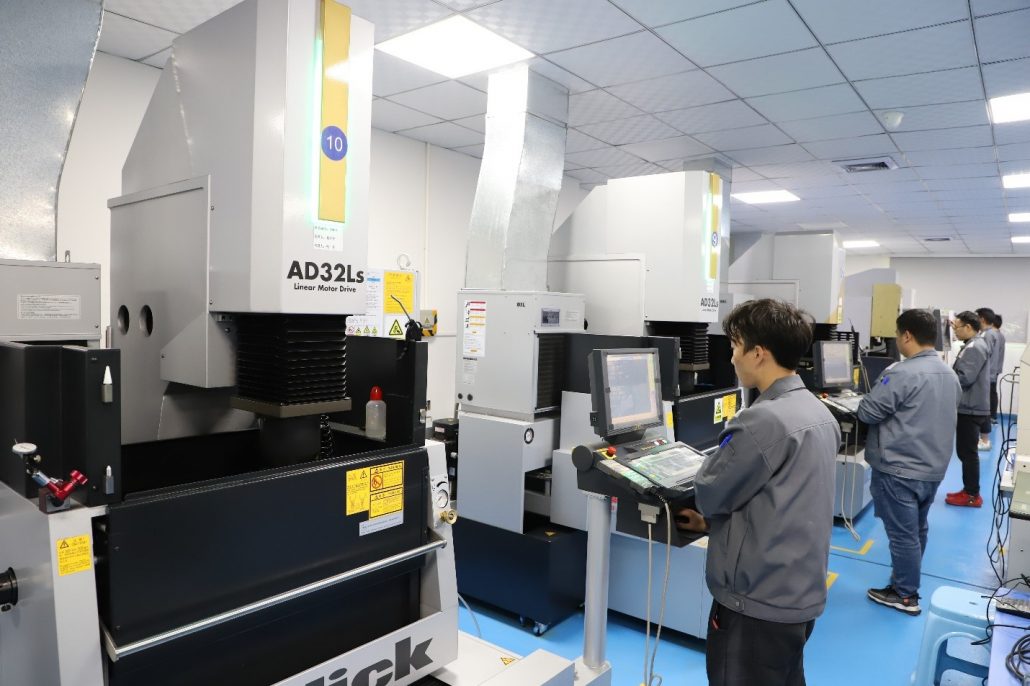
Trust the Team at Abery
For years, Abery has focused on meeting plastic injection molding quality standards set internally and by the vast array of national and international clients who return time and time again to this professional team. With a well-trained and motivated set of technicians, Abery is capable of meeting any quality needs, so the final product created meets the aesthetic and functional value proposed by the client. To get started on your business, reach out to us today and begin the process of getting the parts you need for moving forward.

